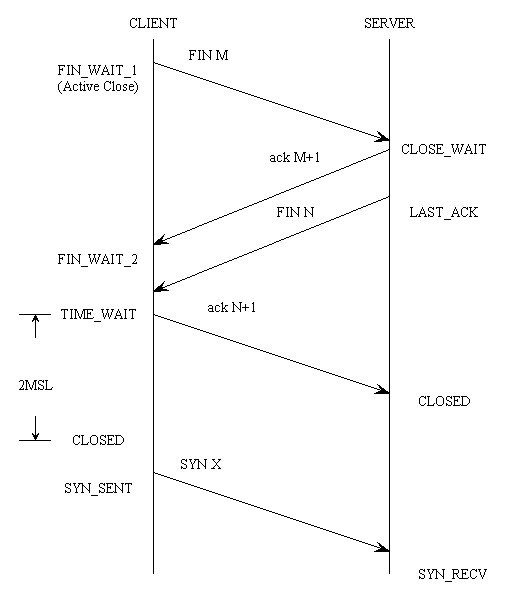Why TIME-WAIT
TIME-WAIT is used for two reasons:
T/TCP introduces a 32-bit incarnation number, called a "connection
count" (CC), that is carried in a TCP option in each segment. A
distinct CC value is assigned to each direction of an open
connection. A T/TCP implementation assigns monotonically
increasing CC values to successive connections that it opens
actively or passively.
For short connections (e.g., transactions), the CC values assigned
to each direction of the connection can be used to protect against
antique duplicate non-SYN segments.
Here we define "short" as a duration less than MSL.


Overview of Truncation
Besides TAO,
the CC value carried in non-SYN segments is also used to protect
against old duplicate segments from earlier incarnations of the
same connection (we call such segments 'antique duplicates' for
short). In the case of short connections (e.g., transactions) that
last shorter than MSL,
these CC values allow TIME-WAIT state delay to be safely truncated.
Protocol Correctness
Suppose that there is a connection that
uses the CC values TCB.CCsend = x and TCB.CCrecv = y and
is opened at time point "time_start". By the
requirement [R1], neither x nor y can be reused for a new
connection from the same remote host for a time at least 2*MSL; i.e.,
x or y can be reused for a new connection from the same remote host
only after time point "time_start + 2MSL" .
If the connection has been in existence for a time (say, "time_length") less than MSL,
then, all non-SYN segments with x or y will vanish before time point
"time_start + time_length + MSL" .
Since "time_length" < MSL ,
all antique duplicates with that CC value must
vanish before it is reused. Thus, for "short" connections we can
guard against antique non-SYN segments by simply checking the CC
value in the segment againsts TCB.CCrecv. Note that this check
does not use the monotonic property of the CC values, only that
they not cycle in less than 2*MSL. Again, the quiet time at
system restart protects against errors due to crash with loss of
state.